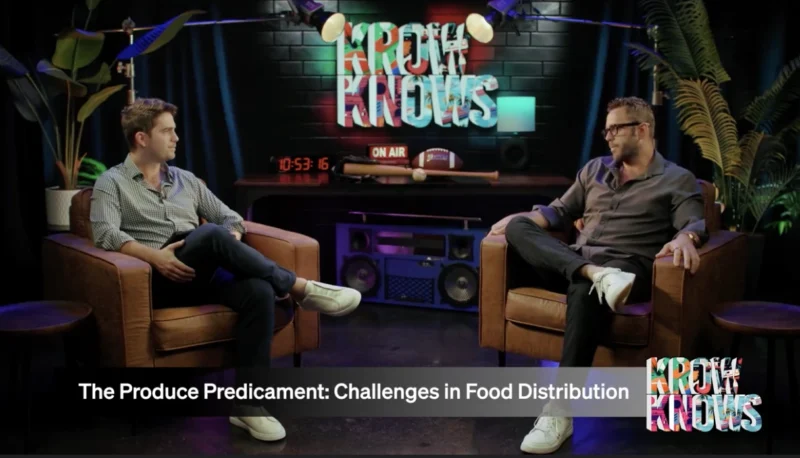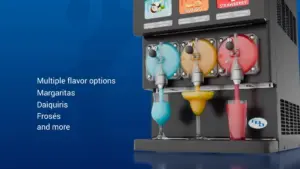Will CosMc’s Take Off? Social Media Response Could Determine the New McDonald’s Subbrand’s Fate
McDonald’s latest experiment in the customizable drink and coffee market could make a cosmic splash in the industry if the social media response to the concept turns out positive.
McDonald’s is introducing its CosMc’s spinoff in Bolingbrook, Illinois, a new venture combining a unique, beverage-led menu with classic and innovative offerings. This small-format concept, primarily targeting the $100 billion customizable drink and coffee market, features a range of customizable drinks, specialty coffees, and snack options designed to cater to afternoon cravings. The launch of CosMc’s, part of McDonald’s broader expansion strategy, aims to test the market with 10 locations, focusing on areas like Dallas-Fort Worth and San Antonio.
Emphasizing customer convenience, CosMc’s integrates a digital and Drive-Thru experience for a suite of bold, personalized beverage selections and a select range of food items. This initiative represents McDonald’s latest effort to create a distinctive, customer-centric dining experience, with its success potentially guiding further expansion.
Is McDonald’s expansion into the low-end, beverage-driven QSR market with CosMc’s a strategic move to compete against established coffee giants, and what factors will influence its success in this new venture?
Laura Murphy, Senior Vice President at Bolt PR, provides insightful analysis of McDonald’s foray, highlighting the brand’s evolution and potential impact in the current social media-driven market landscape. Murphy has 10+ years of experience working on branding & marketing strategies for major chains like McDonalds, Chick-fil-A, Chuy’s Tex Mex and Bonefish Grill.
“McDonald’s is able to do the same thing [as Starbucks], but now they’re taking it a step further and creating a sub-concept in addition to one that is just so well known… that word-of-mouth is everything,” Murphy said. “People use social media to determine whether or not they want to try something.”
Article by James Kent








